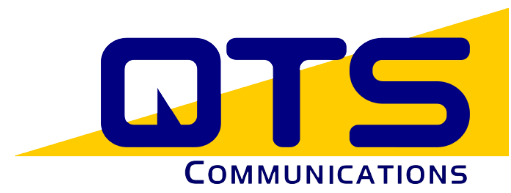 The concept of different types of internet is not typically something you’d find yourself discussing with someone. In fact, the majority of people don’t know different types even exist.
The concept of different types of internet is not typically something you’d find yourself discussing with someone. In fact, the majority of people don’t know different types even exist.
That brings me to T1 internet, and how it differs from the basic cable internet everyone is so used to.
Cable internet is one of the most basic options you can find with internet service providers. Some offer DSL, which is considered to be a tier below cable internet and I’m not even sure if 56k is still an offering.
On the other hand, T1 is considered to be a tier above cable.
Why?
For starters, T1 is much more expensive than cable internet, but there’s a good reason for that. In fact, you no doubt have heard news about how unreliable cable providers like Comcast are in certain areas.
T1 internet service is specifically designed to be reliable and have a consistent uptime. Some companies offer an SLA (service level agreement) that will give you information about lag time as well as how much bandwidth you’re guaranteed.
It’s also faster than your basic cable internet service, is provided through a dedicated fiber optic line that runs right into your office and can handle hundred of users.
T1 lines can also be split into different channels to manage not just data transfer for the internet, but voice communications for phones. So a T1 line can be a god-send for call centers.
Although cable tends to be the cheaper priced internet, you don’t get a dedicated line. This means that if you’re in an apartment complex, you could be sharing your internet with multiple people from a single line.
Cable internet sometimes has higher download rates than T1, but as a drawback has very low upload rates. If your business deals with sending large files, a T1 line would be advantageous.
The differences between T1 and cable internet are very significant.
If you’re a business owner, you may be better off taking T1, while cable would fulfill your personal internet needs.


